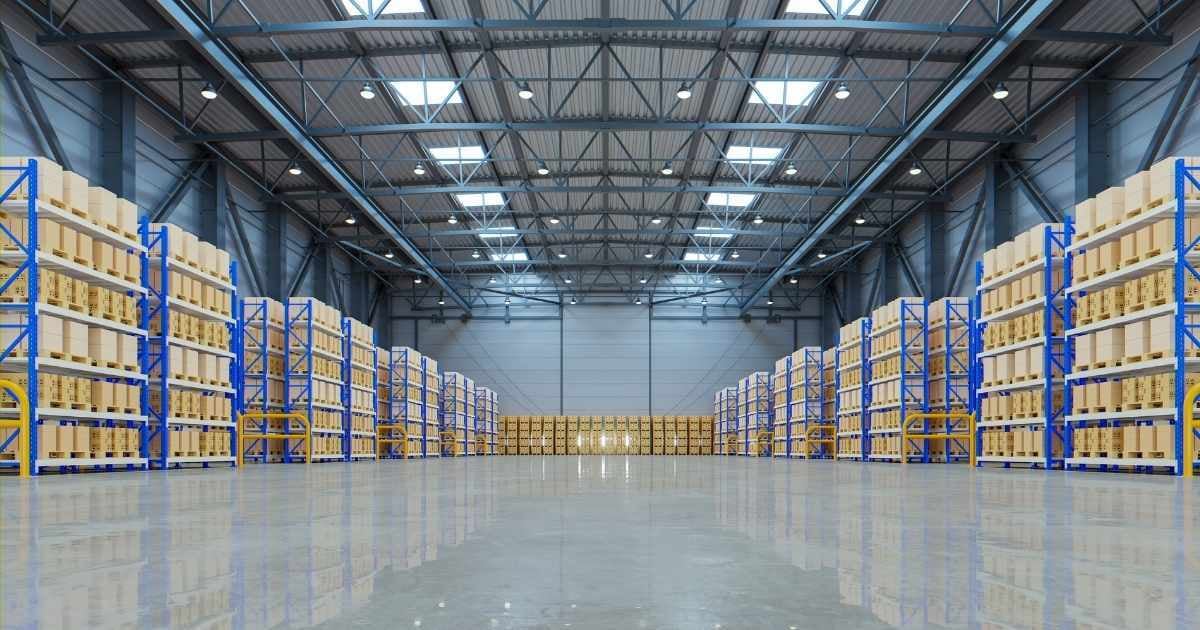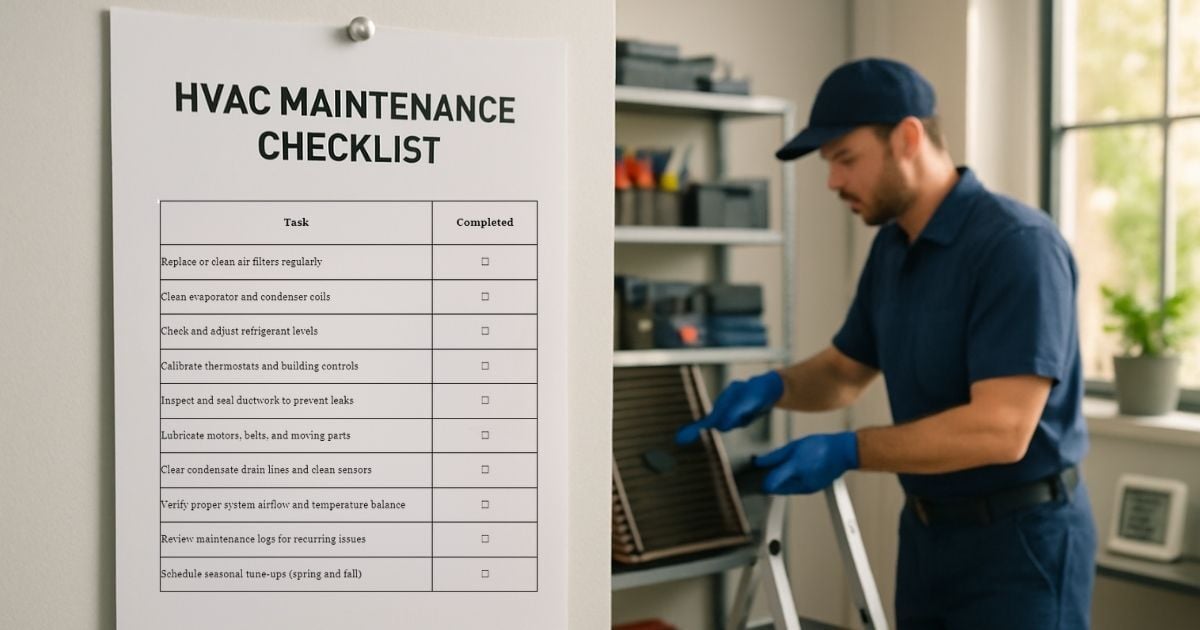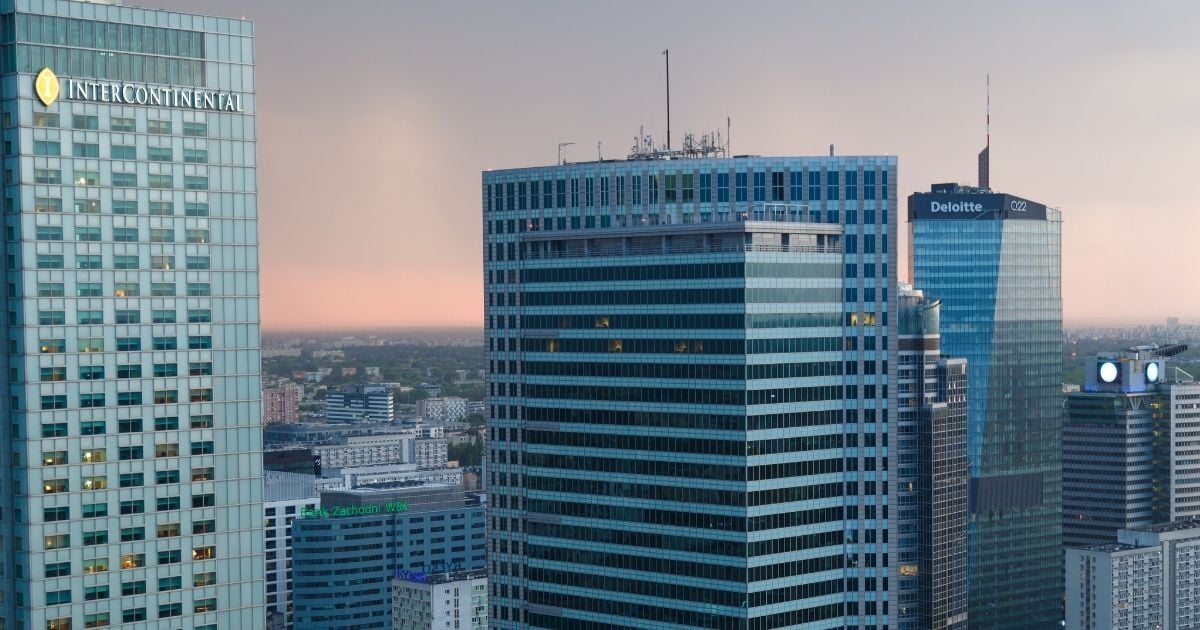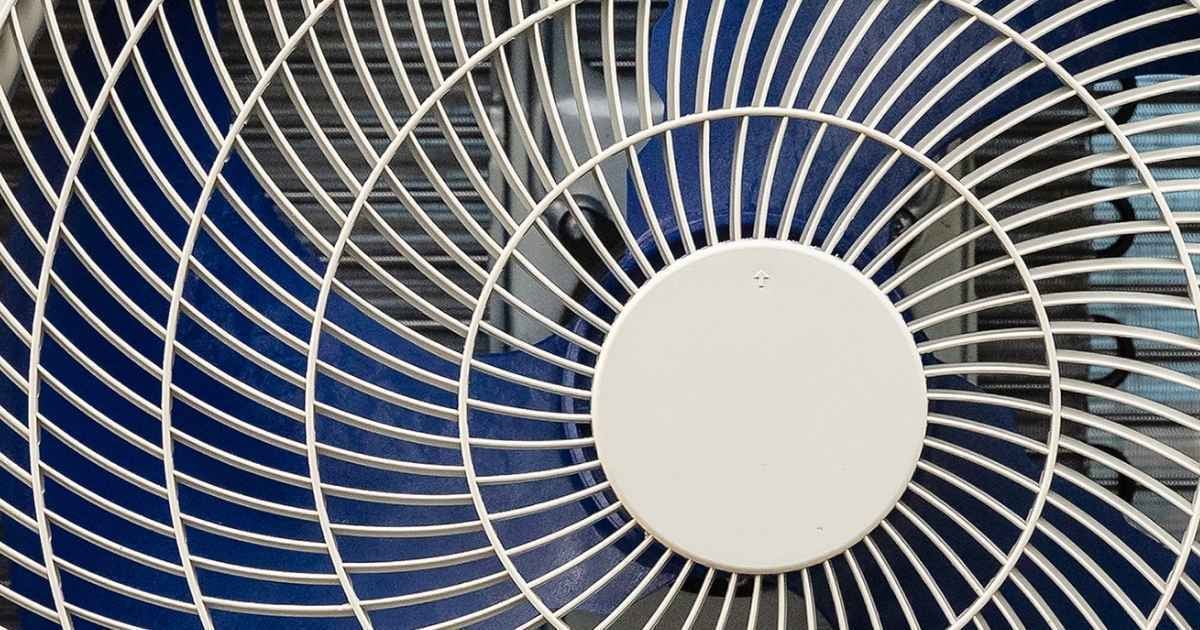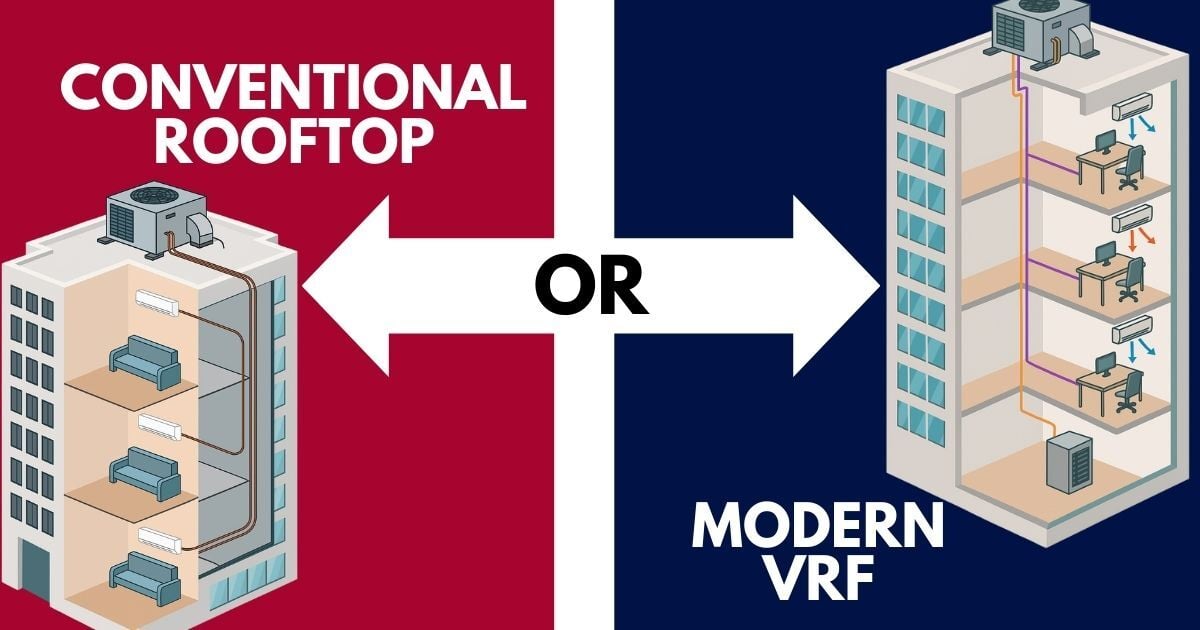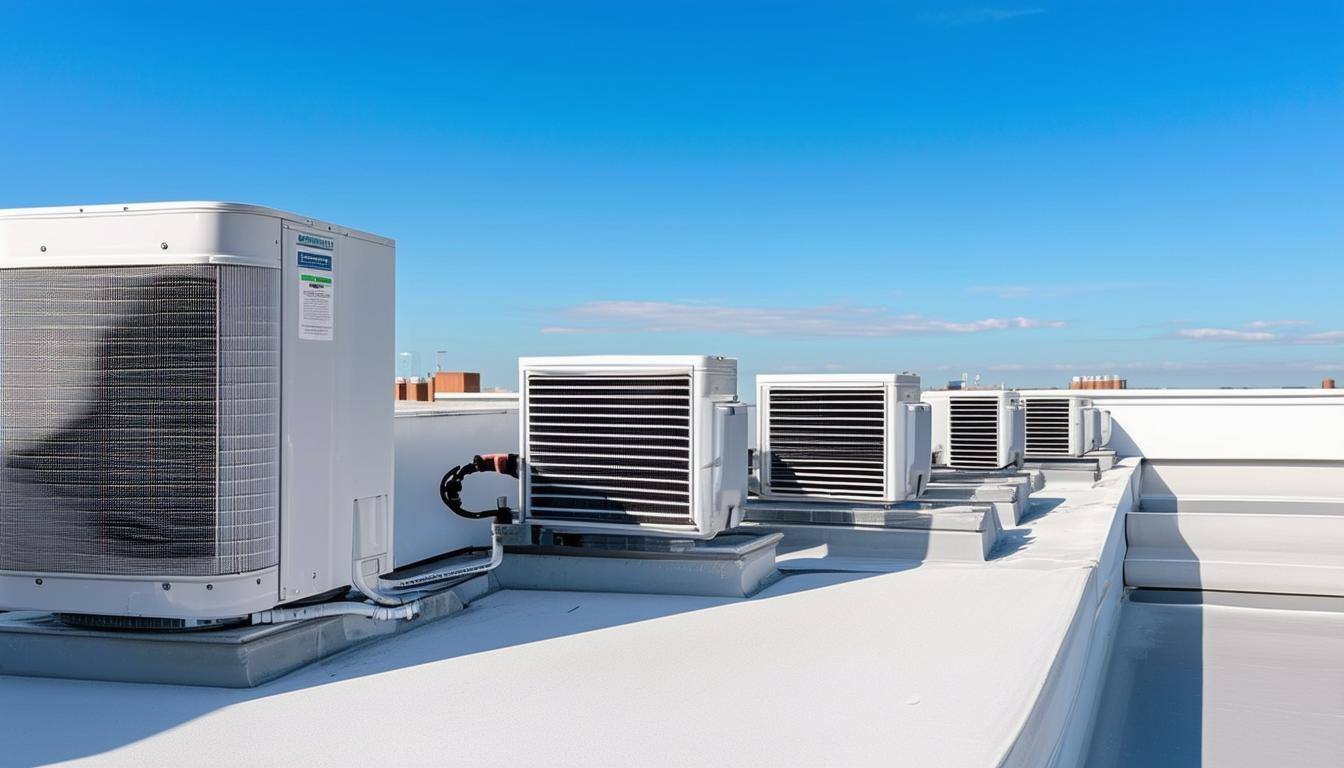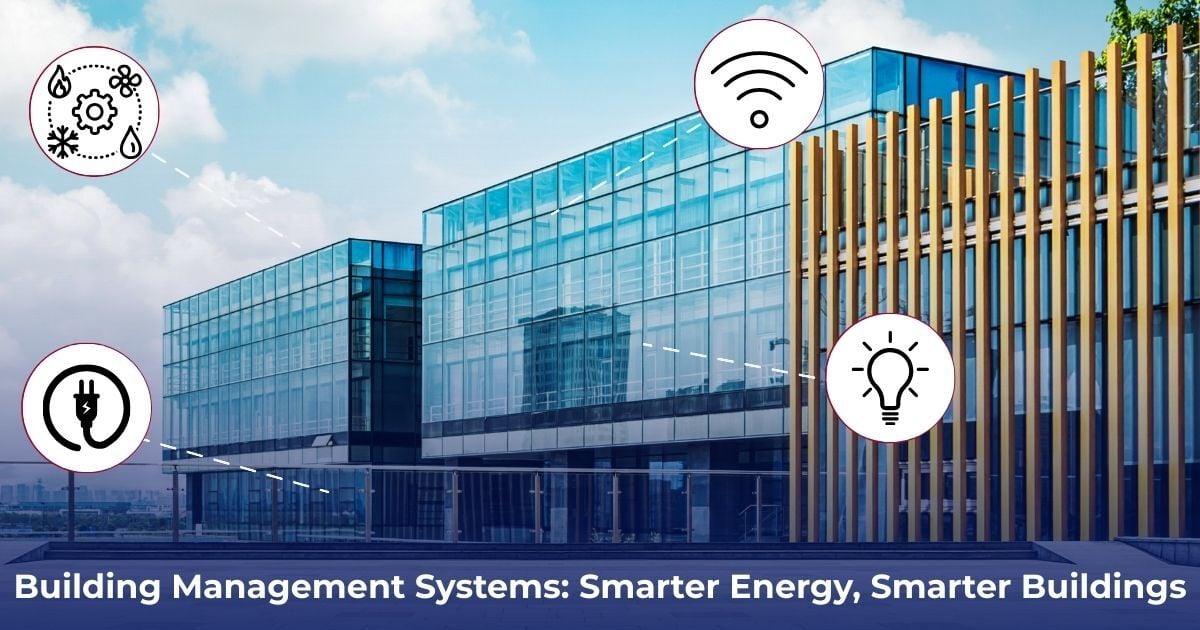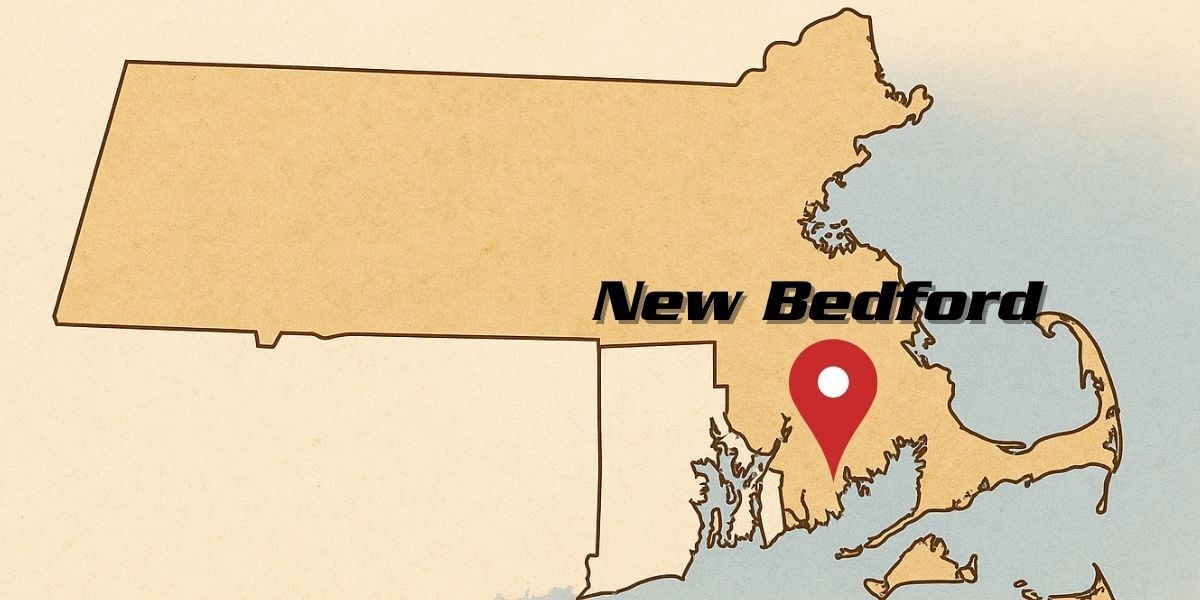How Much Energy Does Your Commercial HVAC System Use?
October 17th, 2025
4 min read
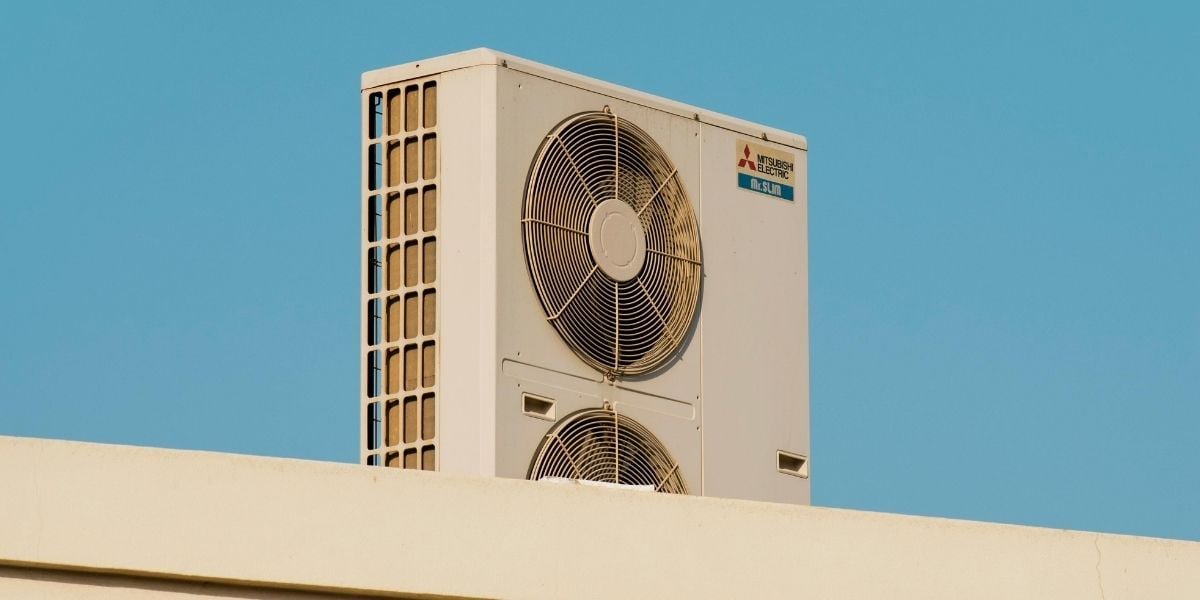
If your commercial building’s energy bills have been climbing faster than usual, your HVAC system could be the reason why. Heating and cooling equipment is often the single biggest energy user in a commercial space, sometimes responsible for nearly half the electricity a building consumes. But how much energy does it actually use? Is there anything you can do to reduce the cost without compromising the comfort of your building?
At Harold Brothers, we’ve worked with building owners and facility managers throughout Massachusetts and Southern New Hampshire to help them understand how their HVAC systems impact energy use. Whether it's an outdated unit, poor insulation, or a system that runs around the clock, we’ve seen how quickly those problems can add up on the power bill.
In this article, we’ll walk you through how much energy HVAC systems typically use, why the amount can vary from building to building, and what steps you can take to cut costs while still keeping your space comfortable for everyone inside.
Why HVAC Systems Use the Most Energy in Commercial Buildings
In most commercial buildings, HVAC systems account for about 40% of total energy use. That’s nearly half your power bill. It means for every dollar you spend on electricity, around 40 cents is going toward heating, cooling, and moving air.
Imagine your building uses 100,000 kilowatt-hours (kWh) of electricity in a year. About 40,000 of those go straight to running your heating and cooling system (HVAC). If power costs 10 cents for each kilowatt-hour, that’s around $4,000 a year just for HVAC. And if your building is bigger, that bill climbs even higher.
Top Reasons Commercial HVAC Systems Consume So Much Energy
HVAC systems work constantly behind the scenes to keep your building comfortable. They’re responsible for more than just hot or cold air. They also bring in fresh air, remove humidity, and keep air circulating properly. In bigger buildings, with more people and more equipment, the demand increases.
Several factors impact how hard your HVAC system has to work. The most obvious one is the size of the building; larger buildings naturally require more energy to heat and cool. But weather plays a role too. A building in Phoenix will need far more cooling than one in Portland.
The age of the building also matters. Older structures often have poor insulation and outdated HVAC units, which means they waste more energy. Newer systems are usually more efficient, but only if they’re installed and used properly.
Where Does the Energy Actually Go
Not every part of an HVAC system uses energy in the same way. In warmer months, air conditioning is usually the biggest energy draw. In colder climates, heating systems, especially those that run on electricity, can be major energy hogs during the winter.
Fans and ventilation systems use power year-round. These parts of the system don’t heat or cool the air, but they move it throughout the building, which is still essential for comfort and air quality. Even the pumps that move hot or cold water through pipes in some systems use a surprising amount of electricity.
When all of these systems run together, especially in older or poorly maintained buildings, energy use skyrockets.
How to Tell If Your Commercial HVAC System Is Wasting Energy
It’s not always obvious when your HVAC system is wasting energy. But there are clues if you know what to look for.
If your energy bill is higher than similar buildings in your area, your HVAC system might be the cause. Another sign is if the temperature feels uneven throughout your building. When some rooms are too hot while others are too cold, your system may be struggling to keep up.
You may also hear complaints from employees or tenants about comfort issues. And if your HVAC system seems to run all the time, especially during evenings or weekends when the building is empty, that’s a red flag.
How to Lower HVAC Energy Use in a Commercial Building
The good news is that there are many ways to reduce the energy your HVAC system uses. You don’t always have to replace the entire system to see savings, either.
One of the best steps you can take is upgrading to high-efficiency HVAC equipment. Newer systems are designed with energy-saving technology and can use up to 20% less power than older units. Over time, that can save you thousands of dollars per year.
Another smart move is installing a programmable or smart thermostat. These systems can adjust temperatures according to your schedule, ensuring that you’re not heating or cooling empty spaces. Even small changes, like raising the cooling setpoint by 1–2 degrees in the summer, can lead to big energy savings.
Maintenance also matters. A dirty air filter or clogged duct can force your system to work harder than necessary. Regular tune-ups keep everything running smoothly and efficiently.
Sealing up leaks and improving insulation can also make a major difference. If your building leaks air around windows, doors, or ducts, you’re spending money to heat or cool the outdoors. By fixing those leaks, your HVAC system doesn’t have to work as hard to keep the building comfortable.
Finally, if your building has many different rooms or floors with different needs, consider zoning. A zoned system can adjust temperatures by area, meaning you’re not wasting energy on rooms that aren’t being used.
Commercial HVAC Energy Savings: How Much Can You Really Save?
Let’s say your commercial building spends $15,000 a year on HVAC-related energy costs. If you install a high-efficiency system and improve insulation, you could cut that by up to 30%. That’s $4,500 in annual savings.
Add smart controls and better maintenance, and your savings could grow even more. Over time, these improvements pay for themselves, and then some.
You Have More Control Than You Think
You’ve likely been dealing with rising energy bills and assuming it’s just the cost of doing business. But now you know better. HVAC systems often use 40% or more of your building’s total energy, and many are wasting more than they should.
By understanding how your system works, spotting the warning signs, and taking a few key actions, you can reduce your HVAC energy use significantly. You don’t need to wait for a complete overhaul. Small, smart steps make a big difference over time.
Check out our article “How Much Can I Save by Adding a Building Management System?”. It walks you through what to look for in efficiency, size, and long-term cost savings.
John Flaherty is the Senior Director of Business Development at Harold Brothers Mechanical, where he plays a key role in fostering client relationships and driving strategic growth. With nearly two decades of experience holding a real estate license, John brings a deep understanding of business development and market dynamics to his role. Before joining Harold Brothers, John dedicated 15 years to education administration at Boston College High School, where he helped shape institutional advancement efforts. A proud alumnus of BC High, he continues to serve on the school's Alumni Advisory Council, strengthening connections within the community. As a contributing author for Harold Brothers Mechanical, John leverages his diverse professional background to provide insightful articles on industry trends, business strategies, and company developments.
Topics:









